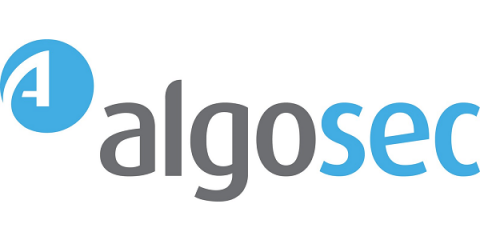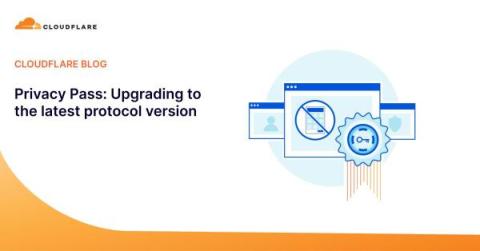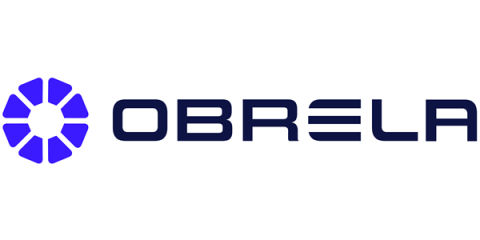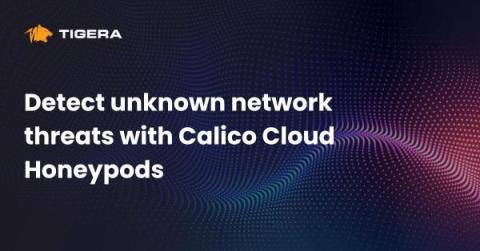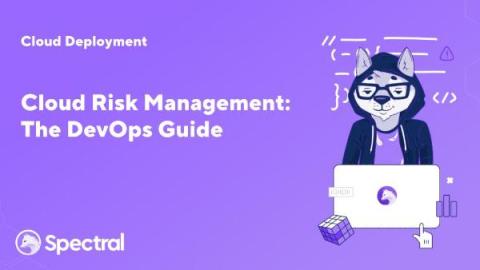Security | Threat Detection | Cyberattacks | DevSecOps | Compliance
Cloud
Mitigating cloud security risks through comprehensive automated solutions
A recent news article from Bleeping Computer called out an incident involving Japanese game developer Ateam, in which a misconfiguration in Google Drive led to the potential exposure of sensitive information for nearly one million individuals over a period of six years and eight months. Such incidents highlight the critical importance of securing cloud services to prevent data breaches.
Cloud Security Posture Management: What It Is, Why It Matters, and How It Works
Privacy Pass: Upgrading to the latest protocol version
The challenge of telling humans and bots apart is almost as old as the web itself. From online ticket vendors to dating apps, to ecommerce and finance — there are many legitimate reasons why you'd want to know if it's a person or a machine knocking on the front door of your website. Unfortunately, the tools for the web have traditionally been clunky and sometimes involved a bad user experience.
Cloud Monitoring: Critical for Business Success
Detect unknown network threats with Calico Cloud Honeypods
Based on the well-known cybersecurity method, “honeypots”, Calico Cloud runtime security approach of Honeypods as decoy pods are designed to attract traffic to them from malicious sources and to detect suspicious activity within a Kubernetes cluster.
Cloud Security Optimization: A Process for Continuous Improvement
Cloud optimization is the process of correctly selecting and assigning the right resources to a workload or application with the ultimate goal of minimizing costs while improving performance and efficiency. These resources can range from computational power, memory, and storage to network capabilities. The cloud optimization process involves continuously monitoring, analyzing, and fine-tuning these resources to ensure optimal performance.
Shaping Tomorrow: Leading the Way in Cloud Security
Cloud computing has become a cornerstone of business operations, with cloud security at the forefront of strategic concerns. A significant focus within this domain is the protection of containerized environments, which are increasingly targeted in cloud-based breaches. Embracing CNAPP (Cloud-Native Application Protection Platform) is crucial, particularly for its role in securing these versatile yet vulnerable container environments.
4 Key Factors to Consider When Protecting Your Cloud Workloads
Today’s security practitioners face a daunting challenge: Staying ahead of sophisticated adversaries who have turned their attention to the expansive terrain of cloud environments. CrowdStrike observed a 95% year-over-year increase in cloud exploitation in 2022. This trend demands strategic reevaluation of how organizations protect their cloud environments and workloads, and emphasizes the importance of choosing the right cloud security capabilities.
Cloud Risk Management: The DevOps Guide
For DevOps software developers, navigating the cloud landscape without a clear understanding of risks is equivalent to walking into a minefield blindfolded. Cloud risk management, therefore, becomes an indispensable tool for DevOps – enabling us with the ability to identify, assess, and mitigate potential threats that could jeopardize their applications, their data, and their organization’s reputation.



